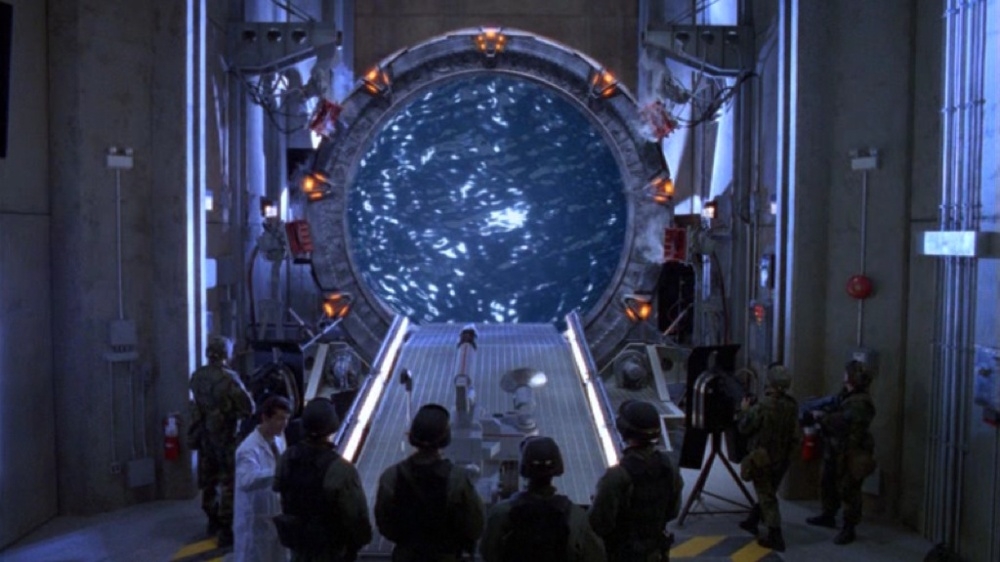
Putting the “Science” in “Science Fiction” – Zeppelins and Airships 2
Last year I discussed advances in the creation of modernized airships and zeppelins, and in the last year these advances have not slowed down. In fact, improvements in technology and infrastructure have made the creation of fleets of airships a very real possibility.
Although zeppelins have some disadvantages when compared to airplanes, mainly due to their lower speed, there are many areas where these are far outweighed by the benefits. The main advantages of zeppelins are their ability to carry very large loads at relatively high speeds with very high fuel efficiency. The use of lighter than air gasses to produce lift means that the zeppelins do not need to reach as high speeds as other aircraft in order to maintain altitude, and expend much less fuel due to their lower weight. The new generation of zeppelins, such as the Airlander 10 and Aeroscraft, are being specially designed with cargo lifting in mind. The largest proposed Aeroscraft airship would be have a cargo bay that is 455 ft. long and is capable of carrying 500 tons. This is twice as much as the largest cargo aircraft in the world, the Antonov AN-225 (best known for carrying the Russian space shuttle!). This massive cargo capacity will be extremely useful in all fields that require transportation, and in combination with the vehicle’s high fuel efficiency it has the chance of revolutionizing the air transport industry. These are not the airship’s only outstanding feature however.
As an airship the Aeroscraft will have an operating speed of over 100 miles per hour, which is over four times that of the average cargo container ship, and thus will be a faster way to carry material over the ocean. This speed does not come close to matching cargo planes, but the increase in lifting capacity and other advantages more than make up for this. The other enormous advantage of airships is that they are capable of making very short take-offs and landings, with the Airlander 10 needing less than its own length to land and the Aeroscraft being able to take off and land completely vertically. These airships are also able to land on any fairly level surface (including calm water), and the Aeroscraft will even be able to load and unload cargo while hovering over land or sea! The advantages of this are far reaching, and will cut entire links out of the supply chain by allowing goods to be shipped directly from their starting point to their endpoint, with no need for intermediary transportation.
The ability to carry supplies directly to where they are needed is one of the largest advantages of airships, and is key in the main areas where they will likely be used, like disaster relief, emergency response, and military resupply. Instead of relying on airfields and time consuming ground transit an airship would be able to carry supplies and personnel directly to where they are needed, whether that is a disaster area or a forward military base. This will mean that supplies reach their destination much more safely and directly than before, which could mean saving hundreds of lives in the wake of a natural disaster, and can reach areas that have no airfields or where runways have been damaged. The addition of other equipment would allow airships to replace specialty vehicles like water bombers as well, helping to put out forest fires more easily and efficiently than aircraft can manage.
Besides the many potential uses when it comes to transportation, some people have already envisioned other potential uses for zeppelins. One of the major ones is tourism and luxury air travel. In a revival of the original dream for these air vehicles, people like Mac Byers believe that a zeppelin’s smooth ride, long transit time, and heavy carrying capacity will allow them to become the cruise ships of the sky. Concepts such as his Aether airship show that the idea of an sky cruise may soon be a very real alternative over an ocean bound one, and would allow those on board to see the many sights deep inland that would otherwise be inaccessible.
Although the early history of airships and zeppelins contains notable tragedies it seems that the advent of new technologies and safety procedures will guarantee these massive air vessels a bright future.













